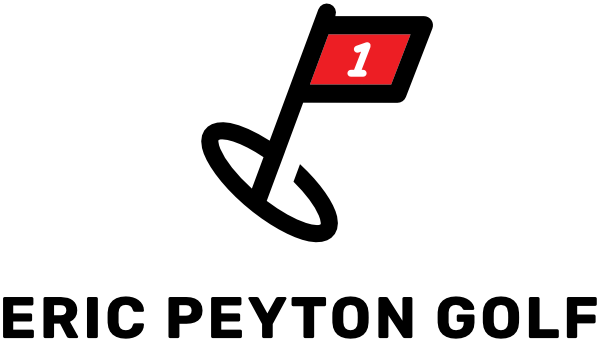Improve Your Golf Swing (part 2)
If you haven't already read part 1 of this series, be sure to do so here. Otherwise, read on.
Once you've got your pre-swing fundamentals set, you're ready to tackle the in-swing tips. We'll break the whole golf swing in to four parts; backswing, downswing, impact, and follow-through.
Backswing
The backswing begins with the large muscles; arms, shoulders, and torso. Try to keep the smaller muscles in the wrists and hands quiet at first. Twist the hips and shoulders away from the ball around the spine, which creates torque. The club face ought to rotate as well, so that the toe of the club points to the sky when it gets to belt-high.
From there, the club extends up and over the back of the head, so that the shaft points down towards the target and finishes the backswing parallel to the ground. At the top, the dominant elbow points down towards the ground and remains close to the rib cage. The non-dominant, or front, arm stays relatively straight, bent just enough as to not lock.
Throughout the entire backswing, your head ought to remain a motionless as possible; not swaying back and forth or up and down.
Downswing
The downswing unwinds the twisted hips, first, and shoulders, second. Keep your dominant, back, elbow close to your side as you through the butt of the grip towards the ball. Your non-dominant wrist should remain hinged for as long as possible, until forced to straighten at impact for power.
Your head will move slightly forward, towards the target through the downswing and in to impact.
Impact
The moment where the golf ball makes contact with the club face is, in my opinion, the most important of all; impact. It also differs between irons and the driver. Irons, wedges, hybrids, and woods require that you hit down on the ball at varying angles. No matter what though, you want to make sure that the club face comes in to contact with the ball, first, and the ground, second, both in that order.
The driver though, forces a player to hit slightly up at the ball from the bottom, to get distance and height on the shot. That's why a tee is used.
Follow-Through
Finally, the follow-through, or the finishing position, is the result of a well-executed golf swing. Even though the ball has already begun it's journey towards the hole (hopefully) at this point, a good follow-through is an indication that the previous fundamentals were done correctly.
You want to finish with most of your weight on your front foot, belt buckle and shoulders facing the target, club resting on your front shoulder, and back foot up on its toe with the heel in the air. Make sure you maintain your balance throughout the follow-through, so that you aren't falling over in any direction.
